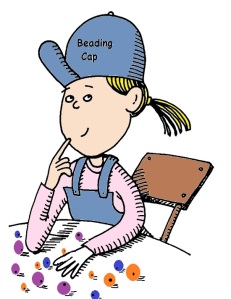This week’s dance tutorial saw an exploration of shapes with a variety of contrasting stimuli – up/down, advance/retreat, through/around – as well as movement through pathways and transitions in space.
We also looked at using a variety of props as part of a problem solving exercise that could be carried out in the classroom.
This exercise provided an interesting means to create an engaging and unique experience in the classroom. Through the using of varied materials students can work together to shape their own movements and actions by way of using the stimuli.
This also has great scope to cross over into other areas of the curriculum. Mathematics outcomes may be reached through sequencing of movements when using stimuli.
Both the exploration of shapes and the stimuli aspects of the tutorial required collaboration with peers to reach. As found by Schmitz and Winskel (2008) collaborating to work towards an answer in a problem solving context allows students to work together to use unique perspectives towards the task, particularly where students involved in each group have a range of varied strengths. (Schmitz and Winskel, 2008)
References
Clips Ahoy. (2014). Girl thinking. [Image]. Retrieved from: http://www.clipsahoy.com/clipart3/as5814tn.gif
Richly Middle Class. (2013). Kids solving a problem. [Image]. Retrieved from: http://www.richlymiddleclass.com/wp-content/uploads/2013/05/kids-questions-629×435.jpg
Schmitz and Winskel. (2008). Towards effective partnerships in a collaborative problem-solving task. British Journal of Educational Psychology. 78, 581 – 596. London, U.K.: British Psychological Society.

